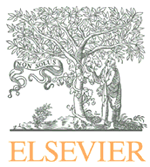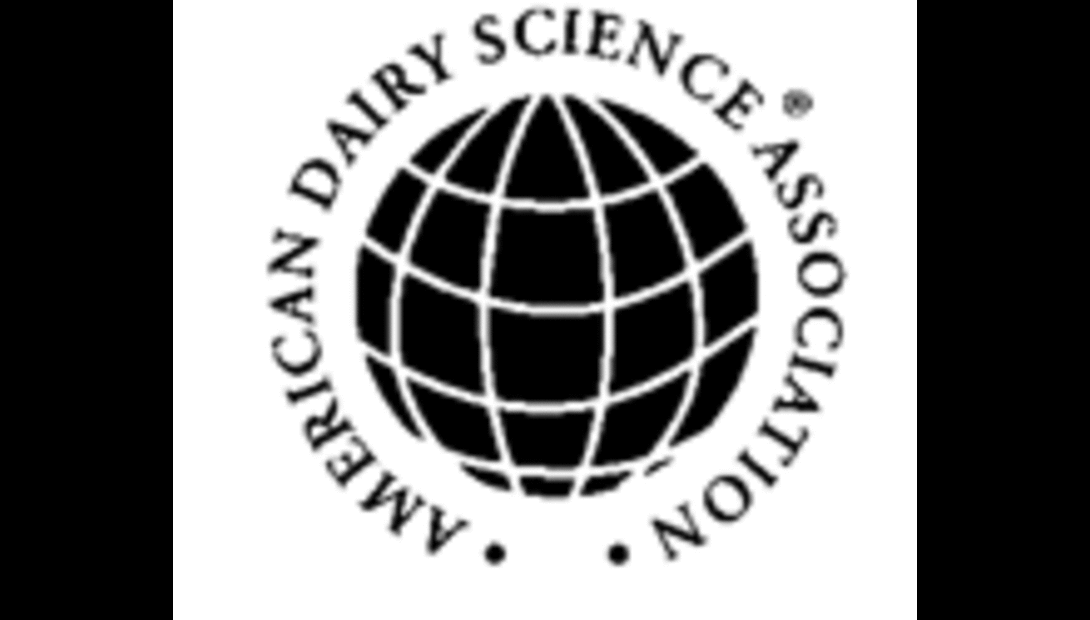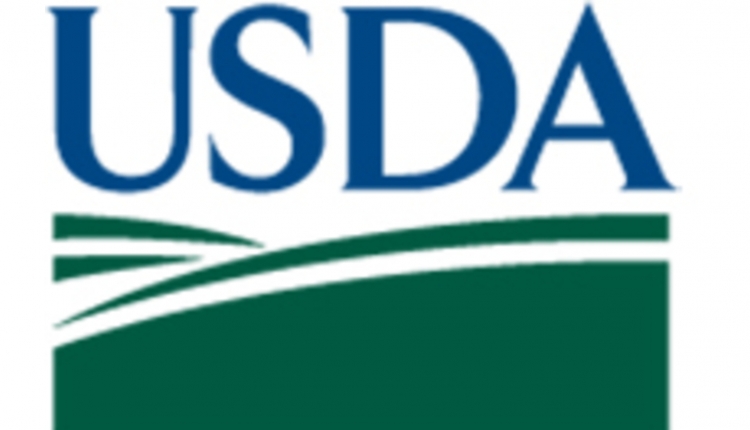

Genomic selection has become a critical tool for the dairy industry around the world since genomic evaluations were first implemented in the United States and Canada in 2009. The 2019 ADSA Annual Meeting featured the Joint ADSA/Interbull Breeding and Genetics Symposia titled “Ten Years of Genomic Selection” and “Data Pipelines for Implementation of Genomic Evaluation of Novel Traits.” Because of genomic selection’s importance to dairy science, the Journal of Dairy Science invited the speakers to submit articles and share information from these symposia with a wider audience.
“The rapid uptake of genomic selection has had a dramatic effect on the dairy industry,” guest editor Filippo Miglior, PhD, of the Centre for Genetic Improvement of Livestock at the University of Guelph, said. “These two symposia were developed to provide a comprehensive overview of the last 10 years of genomic selection and how genomics has provided the opportunity to develop new data pipelines for novel traits now under selection worldwide.”
The symposium “Ten Years of Genomic Selection” started by reviewing progress from the development of the cattle reference genome to modern 50k SNP chips for implementation of genomic evaluation and selection. Once applied only to males for prediction of progeny performance, genomic selection is now widely used to predict future performance of cows and embryos.
Although genomic selection has allowed for rapid acceleration of genetic progress, it has also resulted in a rapid accumulation of homozygosity in the dairy cattle population. Better understanding is needed to ensure that genetic progress is achieved while maintaining genetic variance. The final presenter discussed the development of single-step genomic evaluations and possible reasons for biases in single-step evaluations.
The symposium “Data Pipelines for Implementation of Genomic Evaluation of Novel Traits” highlighted initiatives to pool data across countries or organizations to exploit the potential of accurate genomic evaluation for novel and expensive traits. It started by examining relationships between feed efficiency traits and how those traits should be incorporated into selection indices, followed by discussion of genomic selection in three countries.
A data pipeline was developed for the collection of hoof health data across Canada, which led to the creation and implementation of a single-step genomic evaluation for multiple hoof health traits. In the United States, health evaluations are now included in net merit selection indices so producers can predict which animals will be most resistant to common diseases. Genomic selection has allowed Australia to focus on traits that reduce the environmental impact of the dairy industry and improve the adaptability of dairy cows to climate change.
“Over the last 10 years, dairy scientists have waded through the brave new world of genomics, and resulting discoveries have brought about tremendous gains in the genetic selection and improvement of dairy cattle,” editor in chief Paul Kononoff, PhD, of the University of Nebraska–Lincoln, said. “The genetic progress is chronicled in this collection of papers, which describe the never-before-seen application and pairing of traditional bench-top science and quantitative data analysis. The Journal of Dairy Science is honored to publish these papers and excited to see how they spur continued scientific discovery,”
The symposium papers are published as part of the June issue of the Journal of Dairy Science.
About the Journal of Dairy Science
The Journal of Dairy Science (JDS®), official journal of the American Dairy Science Association®, is co-published by Elsevier and FASS Inc. for the American Dairy Science Association. It is the leading general dairy research journal in the world. JDS readers represent education, industry, and government agencies in more than 70 countries, with interests in biochemistry, breeding, economics, engineering, environment, food science, genetics, microbiology, nutrition, pathology, physiology, processing, public health, quality assurance, and sanitation. JDS has a 5-year Impact Factor of 3.208 according to the 2018 Journal Citation Reports®, published by Clarivate Analytics (2019). www.journalofdairyscience.org
About the American Dairy Science Association (ADSA)
The American Dairy Science Association (ADSA) is an international organization of educators, scientists, and industry representatives who are committed to advancing the dairy industry and keenly aware of the vital role the dairy sciences play in fulfilling the economic, nutritive, and health requirements of the world's population. It provides leadership in scientific and technical support to sustain and grow the global dairy industry through generation, dissemination, and exchange of information and services. Together, ADSA members have discovered new methods and technologies that have revolutionized the dairy industry. www.adsa.org
About Elsevier
Elsevier is a global information analytics business that helps scientists and clinicians to find new answers, reshape human knowledge, and tackle the most urgent human crises. For 140 years, we have partnered with the research world to curate and verify scientific knowledge. Today, we’re committed to bringing that rigor to a new generation of platforms. Elsevier provides digital solutions and tools in the areas of strategic research management, R&D performance, clinical decision support, and professional education; including ScienceDirect, Scopus, SciVal, ClinicalKey and Sherpath. Elsevier publishes over 2,500 digitized journals, including The Lancet and Cell, 39,000 e-book titles and many iconic reference works, including Gray’s Anatomy. Elsevier is part of RELX, a global provider of information-based analytics and decision tools for professional and business customers. www.elsevier.com


